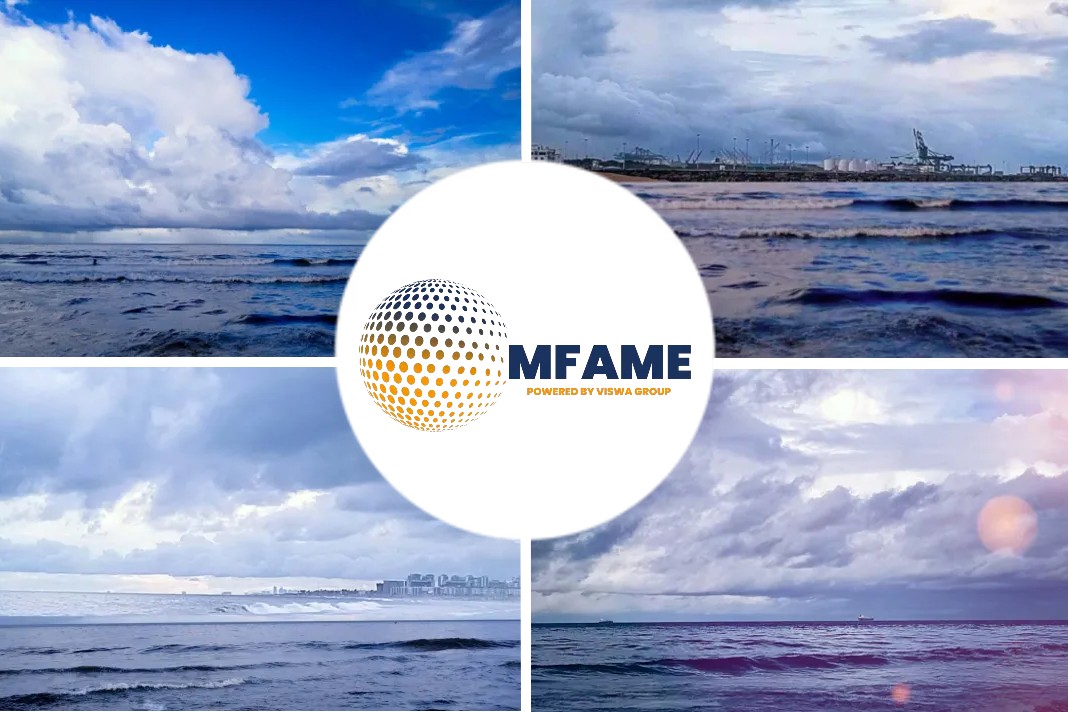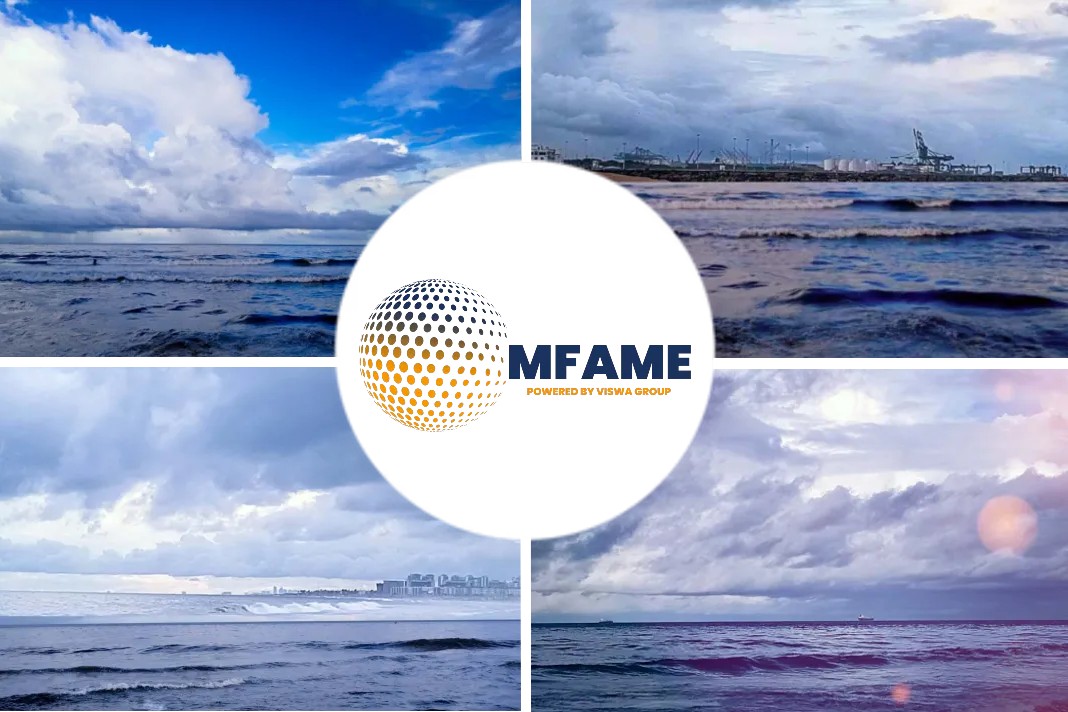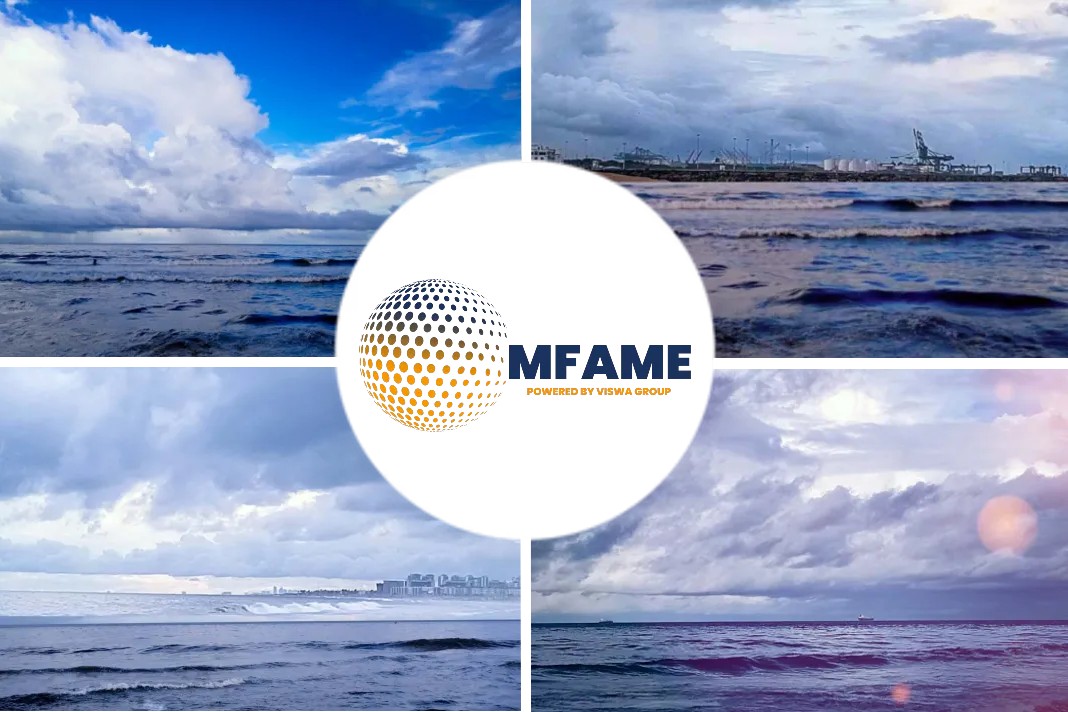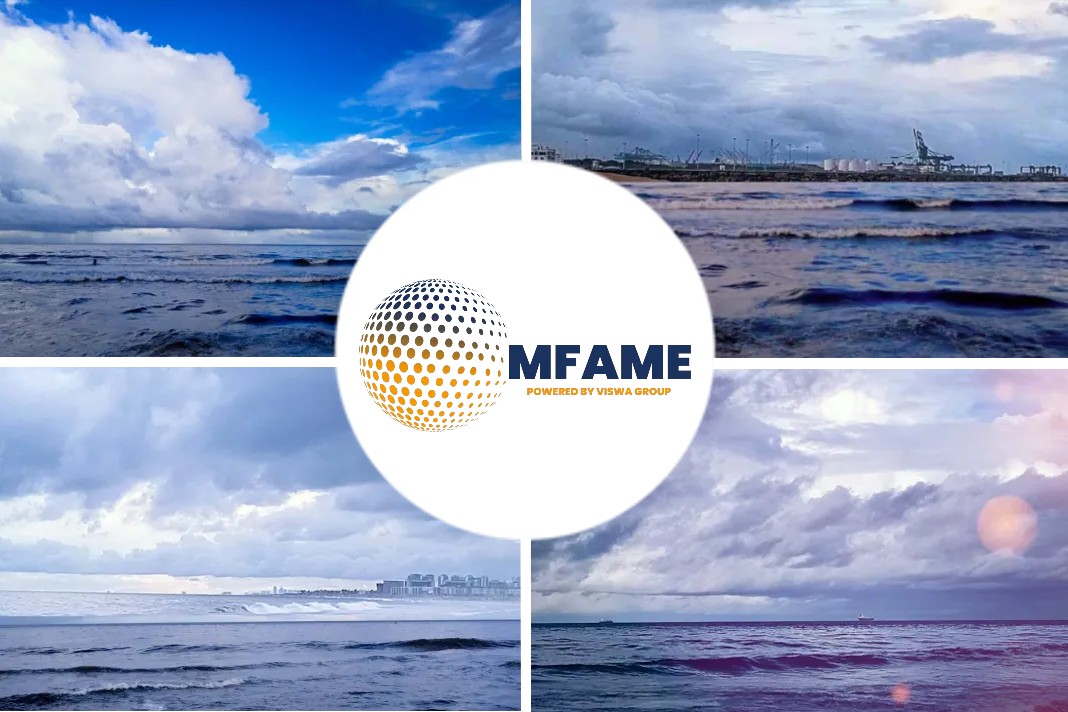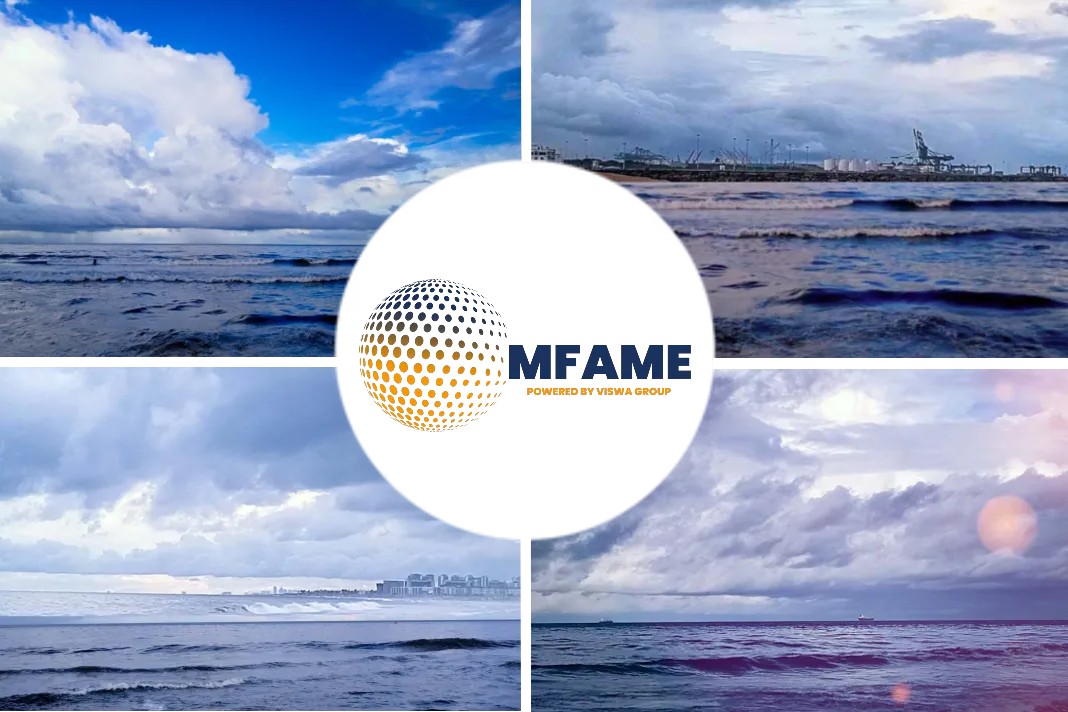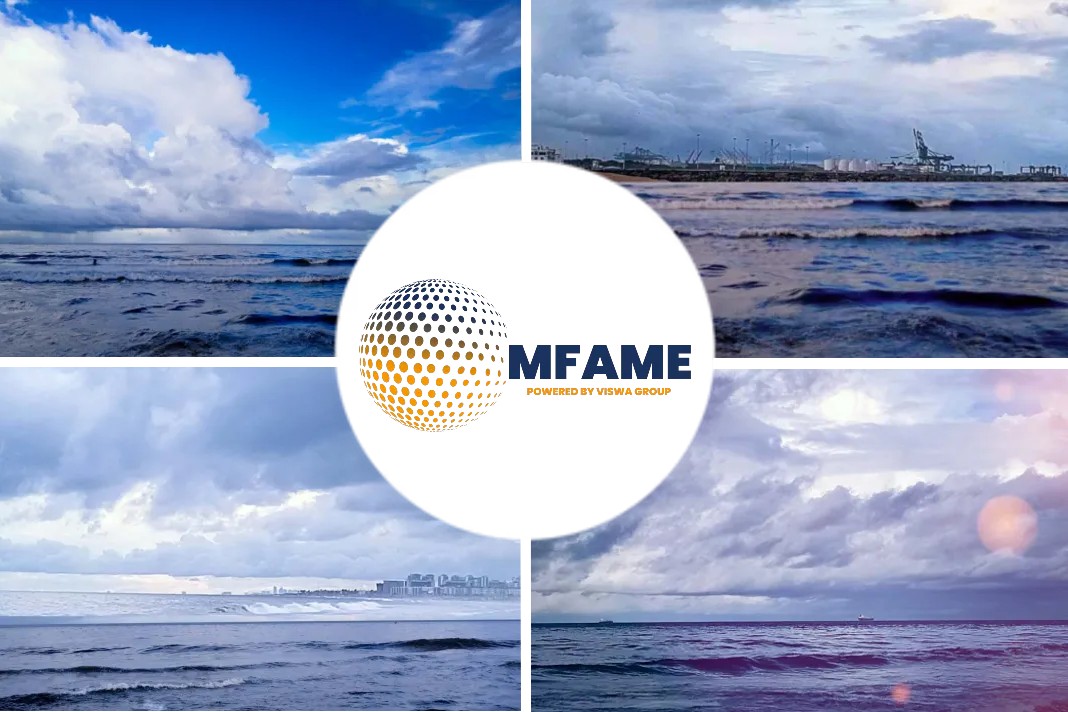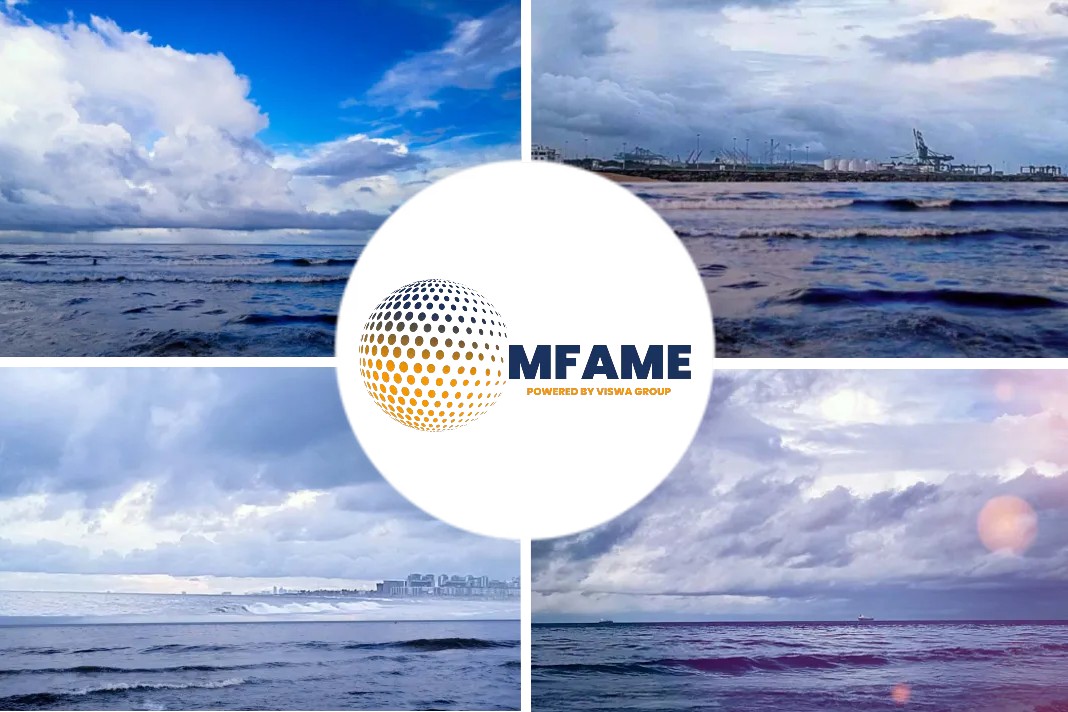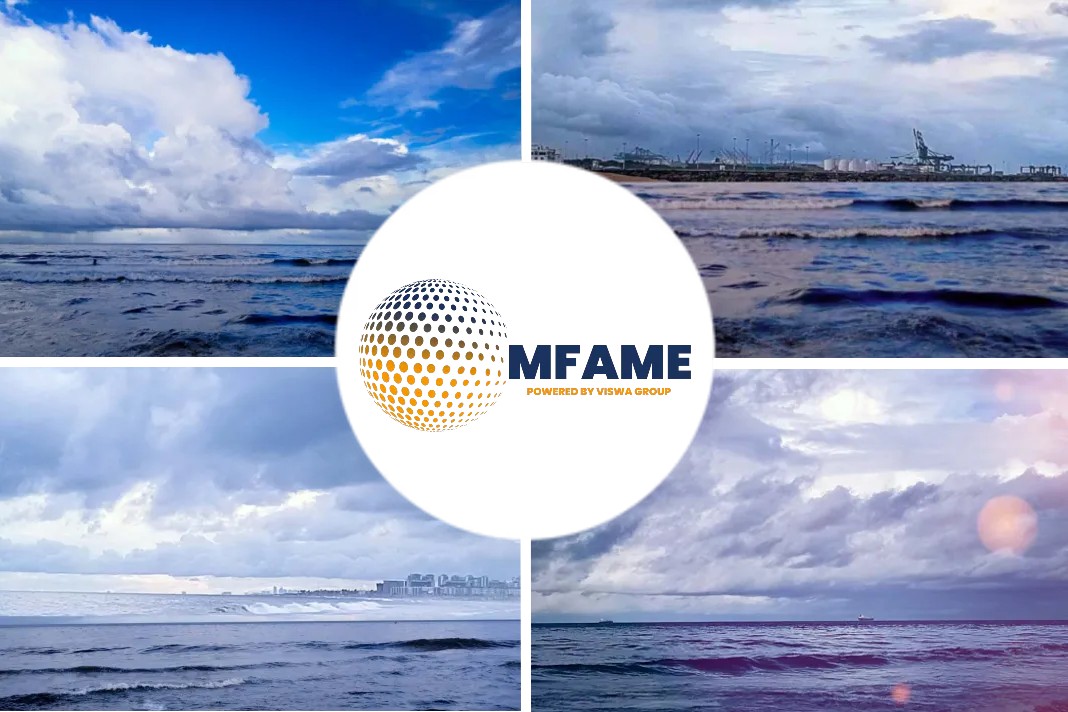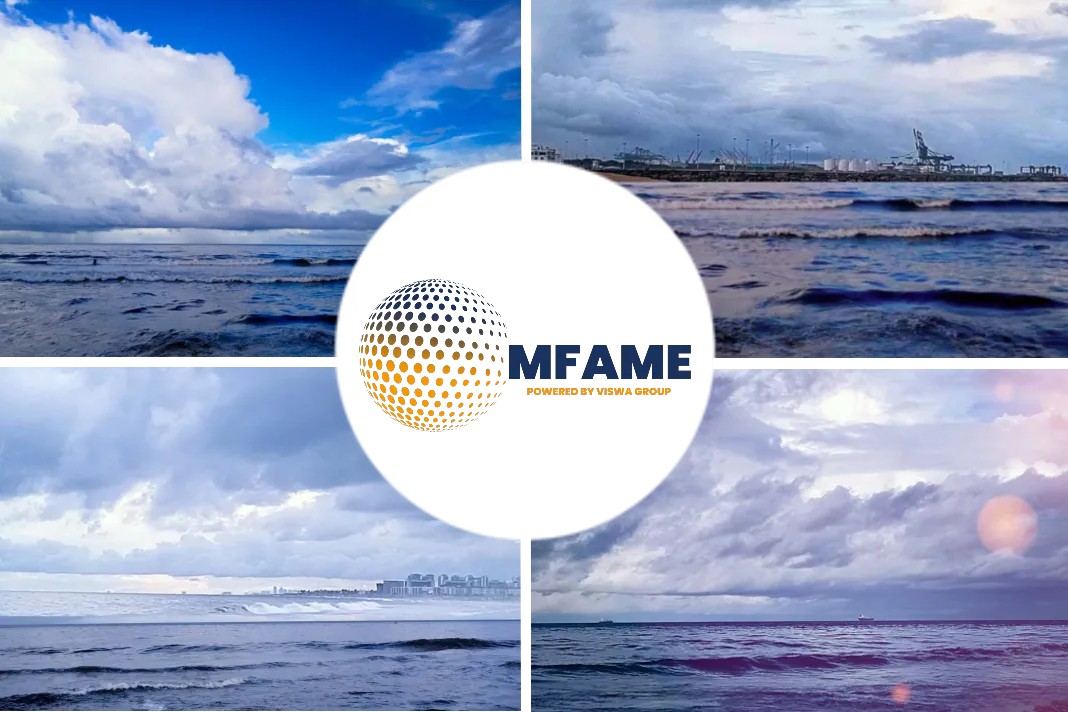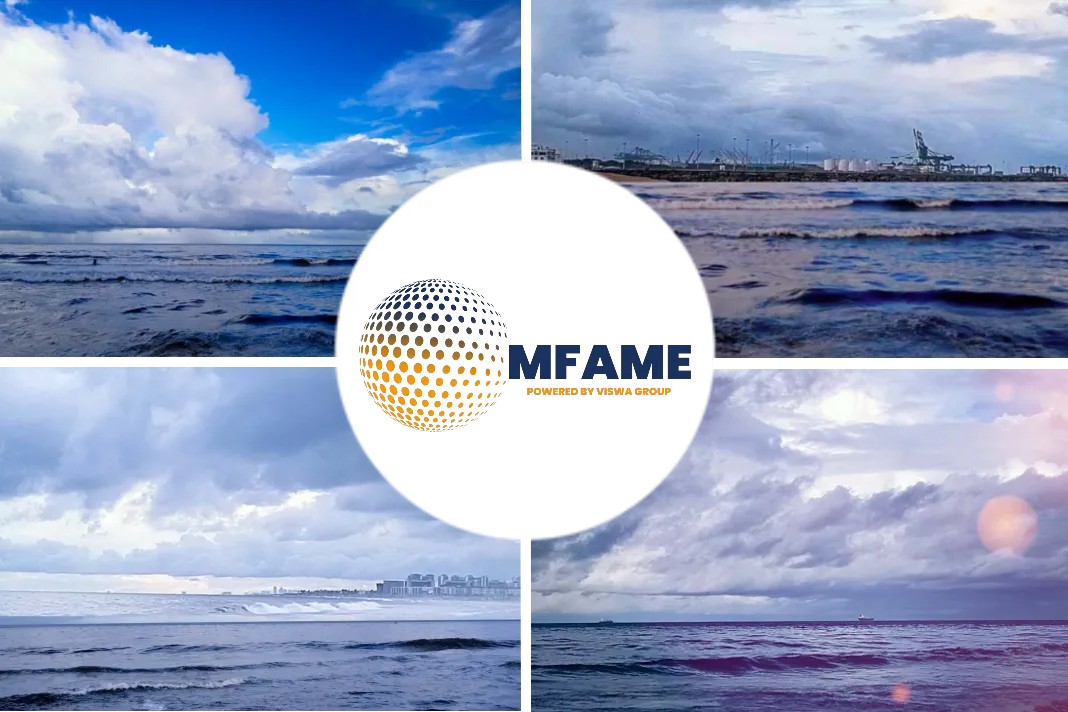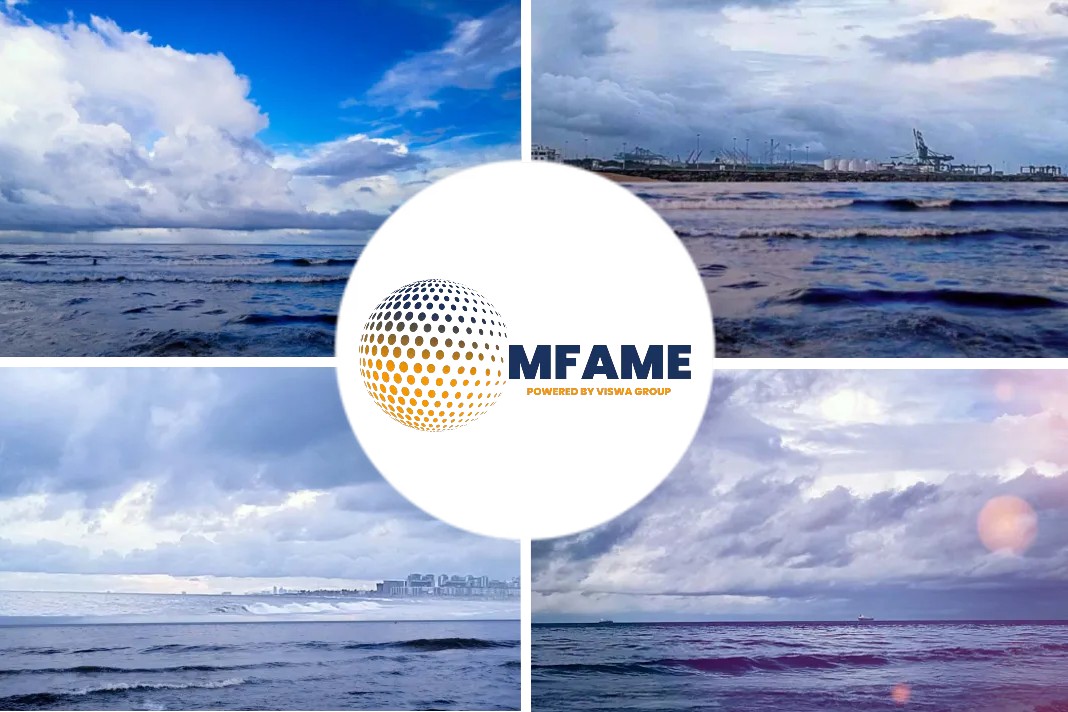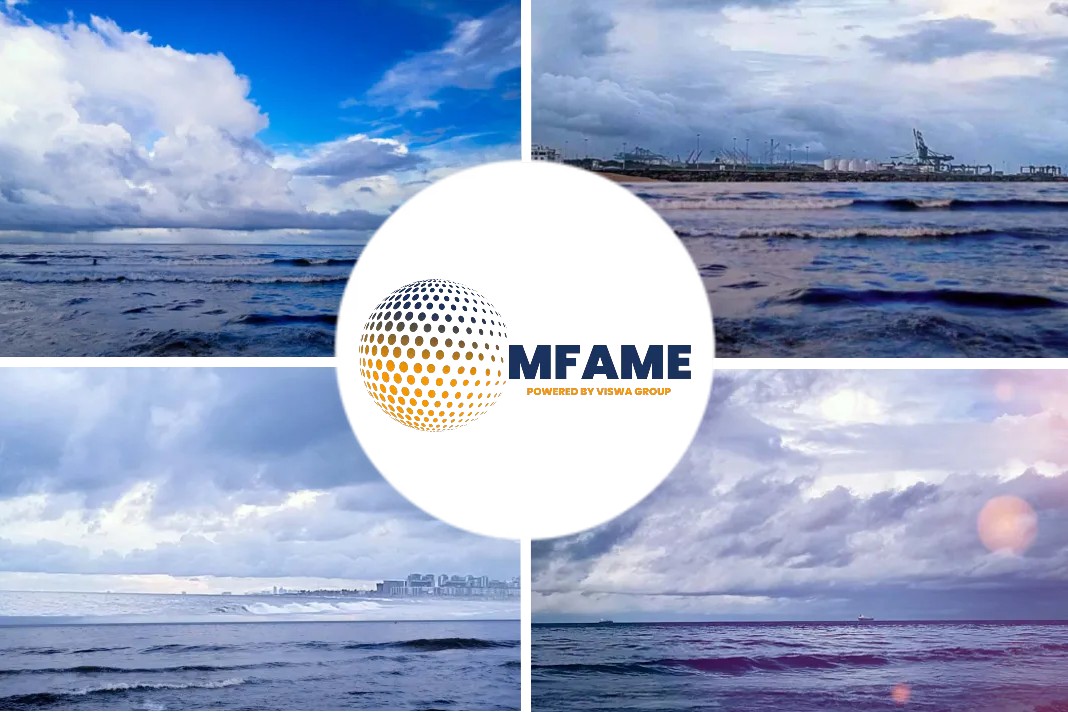Though the first half of 2019 has been a bit quiet, things are likely set to pick up in the second half, writes James Catlin in his article published in the Seeking Alpha.
LNG shipping markets continue to trend towards a more favorable environment for owners and here we are examining the key factors influencing the LNG shipping market by presenting excerpts from James Catlin’s invaluable article.
LNG Shipping, a Powerful Alternative
Maritime trade of LNG (liquid natural gas) is a crucial link in the natural gas supply chain for many nations where domestic demand outstrips available supply. These vessels transport natural gas, which has been reduced to a liquid state by cooling it to minus 162°C, achieving a volume reduction of approximately 600 to one. Upon delivery, this LNG can be stored in a liquid state until the market demands, whereupon it enters a re-gasification process.
Companies that engage in LNG transport include but are not limited to, Dynagas LNG Partners LP (DLNG), Golar LNG Limited USA (GLNG), Golar LNG Partners LP (GMLP), GasLog Ltd (GLOG), GasLog Partners LP (GLOP), Tsakos Energy Navigation Ltd. (TNP), and Teekay LNG Partners L.P. (TGP).
Background of this
The second half of 2018 holds the first real potential for what could be a meaningful upswing in the market that could last several years, suggested James Catlin in an earlier article published in 2017.
That assertion was repeated in a June 2018 report which detailed the improving supply side and robust demand.
How LNG fared in 2018?
It was the back half of 2018 when we saw LNG rates skyrocket to nearly $200,000/day.
The timing was no coincidence as our data allowed us to measure current LNG seaborne demand growth against incoming vessel supply putting 2018 in the spotlight as a pivotal year.
The seasonally strong back half of the year provided a litmus test, as robust charter rates during times of seasonal strength are often a leading indicator of an improving underlying market, as long as the forward fundamental supply/demand balance continues to look favorable.
Why forecasts are important?
These forecasts are possible because shipping markets are often highly cyclical. That established fact goes back hundreds of years with academic research and market data supporting that conclusion.
But what may elude some, or many, is that these cycles can be predicted with a fair degree of certainty, provided there are no massive and abrupt market disruptions. Short-term shocks may have their way with charter rates here and there, but long-term fundamentals will always come to be.
A key driver of these market cycles is found in the supply side.
Why The Supply Side Is Crucial?
The first thing we need address is how the supply side functions with respect to the reactionary nature of owners regarding the current market and future projections. Keep in mind that an LNG vessel typically requires between two to three years to build.
Rates Vs Vessel Availability : An Inverse Relationship
The following chart shows the inverse relationship between rates (lines) and vessel availability (shaded). This is an important concept that applies across all shipping markets.
In the LNG segment, the last oversupply cycle first developed around 2004, as high charter rates inspired increased ordering. Those rates remained attractive through 2006, with spikes providing some bullish sentiment in 2007, before falling to uncomfortable levels in 2008.
How the supply affected rates?
Notice, rates had been declining (right along with orders for new builds), before reaching lows in terms of both rates and utilization in 2010. But due to a lack of new build orders placed between 2008 and 2010 (a direct result of reactionary owners responding to low rates), this trend then reversed, such that the demand for LNG shipping was not being met by available vessel supply in 2011. This paved the way for charter rates together with fleet utilization to rebound the following years.
However, as owners reacted to the attractive rates by ordering more vessels, the trend reversed course yet again. Notice the crash in rates and increasing availability of vessels starting in 2013 as orders placed in 2011 began hitting the water. This situation was exacerbated by a high number of orders in 2012-2015.
Owners Reacting To Market
So, here, we are attempting to point out that the supply-side cycle is often created by owners reacting to market conditions. These orders take some time to hit the water, so conditions may be different than the period in which those orders were made.
Owners and the vessels they order, present a significant contribution to these boom and bust cycles – and the fact that these orders take several years to hit the market provides a great deal of forward visibility lending itself to reliable forecasting.
Supply Outlook
Below is a chart depicting the number of past and projected newbuilds which have and will hit the water.
At first glance, it may seem a bit troublesome, with the number of newbuilds recently hitting the water eclipsing the 2006-2008 and 2014-2016 delivery cycles.
But keep in mind that, in 2014-2016, when the latest big round of deliveries began hitting the water demand for LNG was trending lower, just 6.6% CAGR from 2000 to 2014. But rapid adoption by several nations, key among them China and India, has led to significantly higher LNG demand growth in recent years with 2017 and 2018 being two of the top three years ever for gains.
This has dramatically altered the supply/demand balance.
In fact, looking at data from Q1 2016 and comparing it to Q1 2019, the number of Large LNG vessels participating in the trade grew 28% while total ton mile demand grew by 38%.
Even in 2018, when we received a record 48 newbuilds, vessel supply was so tight that at one point toward the end of the year, not a single spot vessel was available.
What’s the scenario this year?
This year will see just 38 deliveries, with slippage (delayed launching) likely to reduce that number even further. In fact, it wouldn’t be a surprise to see just 30 newbuilds in 2019.
Those 30 newbuilds translate into just 6.9% gross fleet growth, and retirements will make net fleet growth even smaller.
Measure that possible 5.5% – 6% net fleet growth against year-over-year demand side growth of approximately 8-9% in terms of volume, with increasing ton mile demand (courtesy of increasing US LNG supply) compounding the gains, and we are again trending toward demand outpacing supply.
Finally, consider now that just a handful of these projected deliveries for 2019 will be available for spot trading, meaning things are shaping up to be awfully tight for 2019, and even tighter for 2020.
In fact, in GasLog’s latest presentation, they offered what we would consider to be a conservative outlook, projecting zero vessel retirements, for just how tight supply will become in the near future.
Owners’ Decision Collectively Harmful?
Of course, as we examined earlier, every bull market forecast brings with it owners who will attempt to capitalize on the upturn by attempting to place as much tonnage on the water as possible.
Individually, owners can be very smart. However, collectively, these decisions can become harmful. An individual can look at the forecast and make decisions for their own specific company that are correct. But they do not exist in a vacuum, and that’s the rub. When individuals across the board start making the same decisions based on a similar macro outlook we run into problems. Many times, this is what creates the boom and bust cycles in shipping.
This is likely what led to a significant round of orders lately starting in December of 2018, where owners have since placed 39 orders for Large LNG newbuilds.
On a side note, since the start of 2018, all but two newbuild orders for LNG vessels have been rewarded to S. Korean yards, solidifying it as the premier LNG vessel constructing nation, which will likely be reflected in premium values for second hand assets.
Normally, a 9% rise in the orderbook in just a matter of months would be cause for concern. But recall that, in his June 2018 outlook, Catlin raised the possibility of a LNG vessel shortage, well ahead of the IEA’s October report, which came to the same conclusion.
Catlin wrote:
“Right now, with the tonnage currently on order, fleet growth looks to be aligned with demand growth until 2020. But after that, there are very few vessels hitting the water”.
Below is an approximation of what the delivery schedule should look like accounting for realistic slippage and adding in what looks to be needed to account for ongoing LNG demand growth.
2020 Window Closing?
A recent order for an LNG vessel saw the order placed June 26th with expected delivery for September 2020. This means the window for 2020 is closing. The numbers above are simply gross fleet growth, but remember, 2020 is also when we see the 2020 Sulfur Cap kick in which could lead to a few more demolitions than we would typically see lowering net fleet growth.
This has been a fairly busy year on the LNG vessel ordering front with 21 orders placed so far but could use a bit more activity geared toward 2021. The fact is this current round of orders set to hit the water will be absorbed quite quickly and if new orders aren’t placed over the coming year to account for robust demand, we will see a shortage. Robust demand requires a robust orderbook.
The fact is that the latest round of orders didn’t distort the market in a manner that would threaten a supply/demand balance. They actually helped it by ensuring a stable vessel supply would be available to guard against supply shock induced charter price hikes, which would threaten LNG flow and potential future demand side adoption rates.
Therefore, as of now, the orderbook looks to be quite acceptable, maybe even a tad thin, given current demand trends, which are anticipated to continue for several reasons.
US LNG
In just a few short years, the US has transformed into an LNG exporting powerhouse, projected to become the third-largest exporter in the world behind Australia and Qatar by the end of 2019.
But for shipping, the rise of US LNG export capacity isn’t just noteworthy in terms of volumes. The fact is that US LNG travels significantly further to get to its destination, adding to ton mile demand.
Prior to February of 2016, when the first LNG export cargo set sail out of the lower 48, many analysts assumed that the primary destination would be the Americas due to geographical constraints.
But those assumptions proved to be inaccurate, and US LNG has actually penetrated Asian and European markets in a big way.
Sailing to these far off destinations has altered the number of days needed to transport a given cargo.
GasLog notes that, since the start of US exports, approximately 1.8 ships have been needed for each 1 mtpa of US supply, compared to a historical global average shipping multiplier of 1.3x.
These multiplier figures might even be more dramatic except the current trade war with China, which last year was the fourth-largest LNG export market for US LNG, halted LNG flows from the US.
What has been quite surprising lately is the robust uptake in the EU, with US LNG exports increasing by 272% just in the past 11 months. Low US LNG prices and declining EU production look to provide a stable backdrop for increasing trade.
It was widely pointed out at the beginning of 2019 that US LNG export capacity is expected to double this year from 3.6Bn ft3 to 8.9Bn ft3, according to the US Energy Information Administration.
Currently at 5.7 bcfd, it is now noteworthy to consider that export capacity will nearly double again by the end of 2020, to 10.0 bcfd.
While that is a very positive driver for the short term, consider that 90 mpta of LNG supply capacity expected online over 2019-2024, 56 mtpa of which is located in the US.
Going forward, as the world’s appetite for LNG continues to grow, it will likely be traversing a greater distance as the key demand epicenters of East Asia, India, and Europe will find US LNG imports composing an increasing portion of their overall LNG import profile.
China
The story behind China is clear at this point. Central government driven gas substitution in residential areas, coupled with increasing use in industry and electricity generation, has led to a massive boom in demand.
This shift had been inspired by environmental concerns, and the results have proven effective as major cities have noticed a significant reduction in air pollution after instituting these and other changes.
Even with this latest growth in gas consumption, China is still well behind other nations in just how much gas makes up in the overall energy mix, just 6%. Whereas the US, for example, has approximately 35% of its energy profile composed of natural gas.
There is some catching up to do, and China knows it, which is why they have set forward an ambitious plan for 2035.
To put China’s goals in perspective, recall that, in 2015, total worldwide LNG maritime trade was 245.2 MT. Chinese demand composed 20.02 MT of that total demand.
By 2035, China has plans to import as much as 247 MT of LNG. Let that sink in. A demand increase of 12 times over the course of 20 years, which would essentially create a market equal to 2015’s total global demand.
The long-term goal of greater imports is clear, and in the short run, China is still posting solid LNG demand growth.
Reuters reports that China imported 23.9 million tonnes of LNG over January to May, up 22.6% on 19.5 MT from the same months last year. While this is indeed robust growth, it’s about half of the 41% rate China achieved in 2018 and probably more typical of what the future holds as the state directed effort to switch to gas becomes less urgent.
India
India recorded 22.42 MT of net LNG imports in 2018. This represented a 16.6% increase over 2017 and 7.1% of the total global share, making it the fourth largest importer.
India has plans to more than double its regas capacity to 56.5 MT/year by 2025. It has recently commissioned a new regas facility, the first ever near the city of Chennai on India’s East Coast, as well as a major expansion at its premier Dahej LNG import terminal that typically runs in excess of 100% utilization.
GSPC LNG Limited’s import facility at Mundra and H-Energy’s FSRU at Jaigarh in Maharashtra are next to come online.
This goes a long way in solving what many perceived to be the main hurdle for increasing Indian LNG imports, a lack of regasification capacity. However, as this is solved, India must now look inward to takeaway capacity.
According to GlobalData, the US and India are expected to lead capacity growth in the global LNG liquefaction and regasification industries from planned and announced (newbuild) projects, respectively, during their outlook period of 2019–2023. Trade between the two has been growing, and with this route representing one of the longest possible journeys, improvements here will have a profound impact on ton mile demand.
LNG Marine Fuel
The latest wave of LNG facilities globally could have inspired this latest shift in marine bunkering. A great deal of LNG capacity was built on a speculative basis, and many were skeptical the uptake would be capable of absorbing this new supply.
But the chicken/egg problem was solved, and LNG demand soared along with capacity additions, matching each other in 2018.
So, why couldn’t the same happen for marine fuel?
Recently, great investments have been made to ensure that LNG bunkering facilities would be available to support a potentially growing LNG powered fleet. For example, in the last year, the number of LNG bunker vessels globally has doubled.
Nick Potter, general manager, Shipping & Maritime, Asia Pacific Middle East at Shell Trading:
In the last year there’s been a rapid uptake in both the demand and supply aspects of LNG as a marine fuel across all geographies and all sectors.
LNG Shipping reported in May that the number of LNG-fueled vessels has grown by 26.5% over the past 12 months, while the orderbook has grown by 36% over the past 12 months.
Rapid uptake of LNG as a marine fuel is expected to continue as it meets all recent environmental mandates and comes a long way toward achieving expected CO2 emissions compliance, with work being done elsewhere to get LNG fueled shipping over the finish line.
Looking ahead, there are forecasts that LNG as marine fuel market will reach 35m tonnes by 2035.
A recent study by SEA/LNG clearly indicates, in a case study involving a 14,000 teu container ship, that LNG as a marine fuel delivers the best return on investment on an NPV basis over a conservative 10-year horizon with fast payback periods ranging from one to two years.
Rashpal Bhatti, vice president of marketing freight, BHP, recently opined:
It’s going to be a very brave vessel owner that goes to a yard and says ‘I’ll order this vessel that’s a low sulphur fuel oil vessel because it’s relevant for the next 20 years’, because it’s not.
A Rising Tide
We all know the saying that a rising tide lifts all boats. But this won’t hold in the case of LNG shipping.
Companies have a varying degree of spot exposure and charter contract termination dates.
The fact is that the rising tide here will have a different impact on each particular company.
At this point, we would like to remind readers of what the receding tide did in the last downturn, which again, did not impact all companies the same way.
We don’t often write about individual companies, and if we do it’s usually in a bearish way to at least give investors fair warning. We did this a few times back in 2016.
In February 2016, when we cited the strong case for Hyundai Merchant Marine’s bankruptcy, and discussed the impact of losing these long term container charters on Navios Maritime Partners (NYSE:NMM), which was already suffering from the dry bulk downturn.
In October of 2016, we issued a report about Diana Container Ships, now Performance Shipping, which outlined a strong case for bankruptcy, a move that was only avoided though a toxic deal with Kalani which massively diluted shares.
But the report that generated the most response, or rather disagreement, was one on Dynagas, released May 2nd, 2016. There, we raised the potential for a distribution cut two years out in 2018, after 84% of their fleet had been exposed to what was predicted to be a lower charter rate environment. A cut was made in 2018 with another in early 2019.
We brought up the Dynagas example because we are now facing the exact opposite market. Those companies with market exposure, in the form of spot or charters coming off, during this upcoming cycle could see their fortunes improve. Those able to sign long-term charters with secure counter parties will benefit for years to come. Timing is everything, and some will capture far more of this cyclical upswing than others.
Over at Value Investor’s Edge, our Lead Analyst, J Mintzmyer, is constantly sifting through these companies to find the best of the bunch for this expected upturn.
Conclusion
Shipping markets are highly predictable given enough forward visibility. The current LNG market is turning into one of the easiest calls to make as structural market fundamentals look favorable in 2019 and 2020, further tilting the balance in favor of higher charter rates.
In that sense, these peak to trough cycles are not something to be feared but should instead be considered an opportunity to take advantage of significant market shifts.
The bull case is simple, robust demand growth of approximately 8-10% will be met with increasing ton mile demand as more US LNG is exported out to demand epicenters in East Asia, India, and Europe.
The approximate 6% projected net fleet growth in 2019 will be insufficient to strike a market balance further tilting the scales in favor of owners.
Some may point to weak data out of Japan and S. Korea during the first five months, but a warm winter in Asia and sufficient LNG inventory buildup in late 2018 led to LNG shipping demand flat lining in the first quarter. This short-term event will likely be overcome by long-term fundamentals soon enough.
One year time charter rates have held up extremely well during the latest seasonal downturn indicating strong forward market prospects, though spot rates did succumb to weak Asian demand and a slightly front-loaded delivery schedule.
Demand growth out of China and India will continue to provide a favorable backdrop for LNG uptake going forward, but more moderate demand growth out of China is expected while India may pick up the pace.
If a resolution is reached in the US/China trade war, greater US LNG flows to China will likely result, buoying the market even further.
In fact, ton miles could have actually been greater in 2018 if the ongoing trade war hadn’t taken its toll on the US-China LNG trade toward the back half of 2018.
Aside from these major LNG import markets, there are numerous small importers which are growing their share on a regular basis and will continue to provide a pillar of support.
Diversified demand side growth is key for a stable backdrop for continuing LNG uptake and several new nations have been added to the growing list of LNG importers in recent years, some with ambitious plans to expand their LNG footprint.
Owners have remained fairly restrained, and the orderbook as of right now shows no signs of overheating. Some might be concerned about Qatar’s plans to order up to 100 new LNG vessels to accommodate their ambitious plans to increase its LNG production by 40% by 2024, but if the newbuilds are spaced out enough and the market accepts the visibility Qatar has given it and adjusts accordingly, there shouldn’t be an issue. But those are a lot of ifs and buts, so the 2022 outlook and beyond is a bit cloudy for that reason.
Finally, the latest Middle East tanker attack has raised concerns about these waters. While crude and product tankers have been the targets, LNG vessels traverse these waters regularly.
The attack probably won’t result in changes in crude trade flows because it’s difficult to find suitable substitutes for Middle East grades. Tanker owners may instead charge a risk premium, or if tankers are taken out of the region on safety concerns, we will have a sort of market adjusted risk premium based on the reduced supply. Either way costs will likely go up as insurers adjust accordingly.
While many LNG vessels are on fixed long-term contracts, those with the ability may consider pulling their vessels. LNG can be sourced from several political stable regions without charterers paying a risk premium or (worst case scenario) not receiving a delivery due to an attack. How apt are owners to risk their very expensive vessels? Similarly, are charterers willing to risk losing a vessel they may find it difficult to replace in an increasingly tight market? Much of that answer depends on the next few weeks and how tensions either escalate or subside.
Did you subscribe to our daily newsletter?
It’s Free! Click here to Subscribe!
Source: SeekingAlpha






